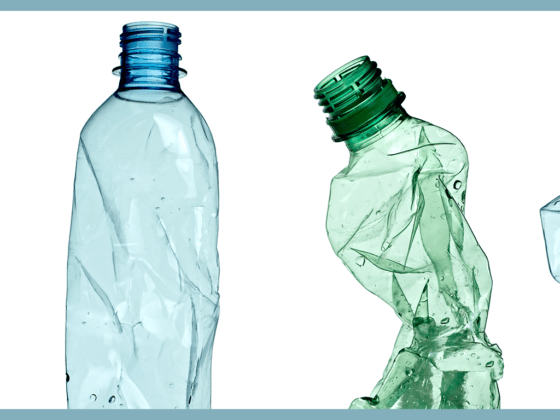Dear people,
Most of us are still in the middle of our summer vacations, but in the northern states it will soon start again: the next school year begins. With every new start, mountains of fresh plastic pile up again in our schoolbags and classrooms. Even during my early school days – and they began in the late 1970s – loose-leaf binders and exercise book covers made of cheap plastic began to appear and quickly became ubiquitous.

I remember well how the covers looked after half a year at the latest. The inside pages into which the notebooks are inserted – torn. I often patched this with tape – or simply bought new covers. I don’t remember such plastic covers as being particularly durable.
This newsletter looks at starting school with as little plastic as possible. Why as little as possible and not plastic-free? The truth is that school is not possible without plastics. A wooden set square? Makes no sense. A school bag made of leather? This may seem more natural at first glance, but the often unclear origin of the material and the factory farming associated with its production argue against the use of animal skins.
So what to do? The flustix editorial team takes a look at common school equipment and says where plastic alternatives make sense, where plastic is sometimes even the better choice – and what costs are associated with the switch to more sustainability. Because we also need to keep that in mind in these difficult times: There is no alternative to climate protection and resource conservation – and it must be socially acceptable.
Sincerely,
Malte Biss
flustix founder and managing director
 English
English Deutsch
Deutsch



